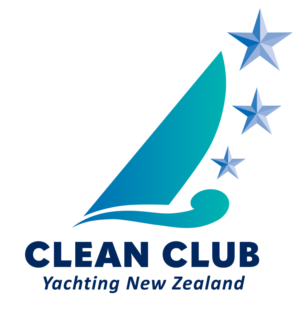The club moorings are provided for the non-exclusive use of all full members and represent a major investment that is paid for by your annual subscription. The following Rules and Protocols are to be adhered to by all users. Failure to adhere to these could place future access to the moorings in jeopardy or could result in your use rights and/or Club Membership being revoked.
GENERAL RULES
D’Urville Island moorings – please see this link for specific Tikanga when using these moorings: D’Urville Island Tikanga
Permitted Users
Only currently fully paid-up members of the Waikawa Boating Club, Pelorus Boating Club or Mana Cruising Club may use the moorings, unless otherwise noted on the mooring map or Club yearbook. Note that some moorings (see Moorings List) are held under joint arrangements with other parties and they have the same use rights as Club Members.
No Reciprocal Rights
No member of any Club other than Waikawa, Pelorus or Mana may claim reciprocal rights to use the Club moorings.
Liability
In respect of all Club moorings, all members acknowledge that they use the moorings at their own risk in all respects. Neither the Club(s) nor any officer of the Club(s) is liable on any grounds whatsoever for any loss, damage, cost or expense arising from, or incidental to, any use of such mooring.
Discharge of Sewage
Under the Resource Management (Marine Pollution) Regulations 1998, the discharge of untreated human sewage is prohibited within 500 meters of shore. Heavy fines can be imposed. Holding tanks or treatment systems must be used to avoid unlawful discharge, to protect the environment and to adhere to the Maori tikanga (customs and ways) of the tangata whenua.
CONDITIONS OF USE:
1) There must be a Senior Club Member on board overnight.
2) You must fly your Club Pennant and the Mooring Burgee for the current financial year at all times while occupying a club mooring.
3) You may not occupy a club mooring for more than three (3) consecutive nights unless you have vacated the mooring for at least three (3) hours during the day.
4) No vessel may claim exclusive right to any mooring at any time unless those moorings are specified as being only suitable for one boat at a time.
5) No more than five (5) boats shall raft up to a mooring unless otherwise specified in your club handbook or on the mooring itself.
6) The maximum combined weight of all boats rafted up on any mooring (where rafting up is allowed) is 35 tonnes unless otherwise specified in your club handbook or on the mooring itself.
Please Note: Members have been known to alternate between two or more adjacent club moorings over longer periods of time to get around the Condition of Use of three nights at a time. This has been done for various reasons including avoiding paying berthage fees at marinas. It is not intended that members use moorings in an area for such long term stays. If such practices come to the clubs’ attention the member will be requested to desist.
MOORING PROTOCOLS:
1) If you are on a mooring and another boat approaches to use the mooring you are required to offer the other boat to raft up with you on the mooring providing weather conditions are not adverse and the total tonnage (35 tonne) and number of boats (5) is not exceeded.
2) Raft ups should be arranged so that the largest or heaviest vessel is placed in the centre and takes the mooring with the smaller vessel(s) rafted on each side.
3) Drop your fenders on the side you wish the other boat to come alongside.
4) When rafted up with other boats, be considerate when crossing over boats to reach another. It is normal practice to request permission before stepping aboard to cross a boat.
5) When rafting up, use bow and stern lines and 2 spring lines (fore to aft) and suitable sized fenders (many boats’ fenders appear inadequate to the task).
6) Ensure that the mooring rope is not in contact with any sharp edges at the fairlead or deck cleat and is not able to be damaged by chaffing.
7) Sound carries a long way over water at night. Be considerate to others and keep the noise down late at night.
8) When vacating a mooring, take care to feed the mooring rope down through the buoy tube to ensure that the loop is left clear of the water and stays dry.
9) Back off after letting go of a mooring – do not drive forward over the mooring.
10) In many parts of the Marlborough Sounds, private land extends to the high tide mark. Do not go ashore and walk across private land without first calling the landowner and asking for permission. Refer to the Moorings List for land owners phone numbers – most are happy to allow access provided you ask first.
11) In some parts of the Marlborough Sounds taking dogs ashore or landing at all is prohibited (reserves and some private land). Ensure that you are aware of these areas and observe the restrictions.
12) If you have a dog on board and must toilet them onshore choose areas away from beaches. Ensure that you bury or collect their faeces. This is the biggest cause of complaints to the Clubs from landowners.
13) Don’t leave litter on beaches or throw solid wastes into the sea. Take all your rubbish home to dispose of it.
14) Any defects relating to moorings should be reported to your Club Manager as soon as practical.

